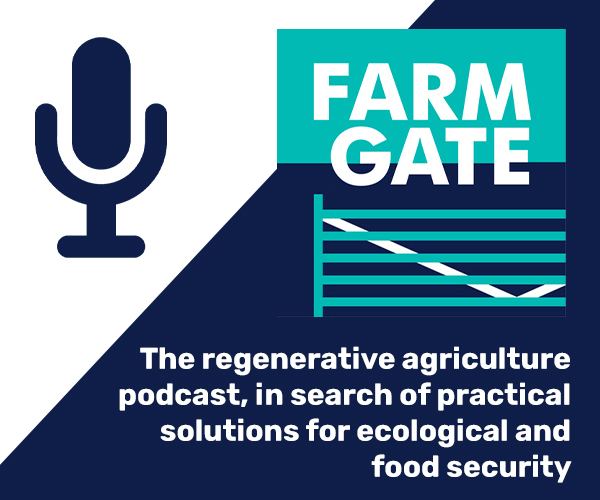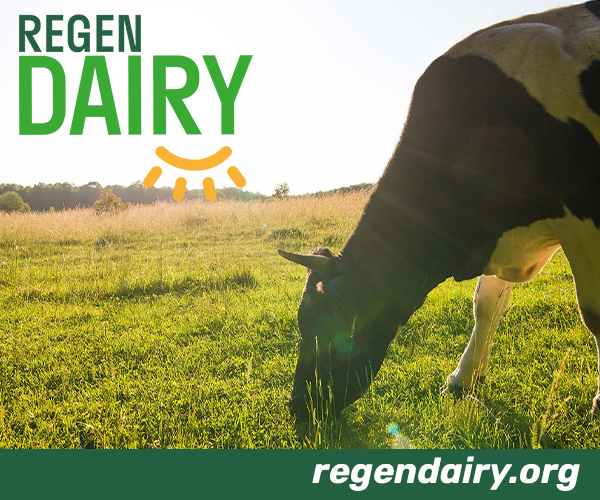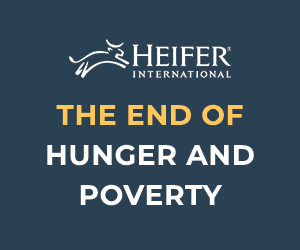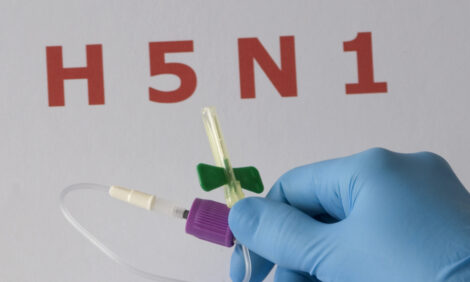



Pasture Management: Make Sure of Adequate Leaf Area to Build Up Carbohydrate Levels
US – September is an important time for pasture management if grasses and legumes are able to store carbohydrates reserves for winter.
Achieving this is the basic difference between perennials and annuals as the root system is kept alive through the winter.
For adequate carbohydrate reserves to be built up there needs to be adequate leaf area so the plant can maximise the photosynthetic process. This means overgrazing is disastrous as regrowth slows down in late summer, according to Rory Lewandowski, Ohio State University Extension Educator.
He recommends grazing residuals of 4-5 inches for orchardgrass and 3-4 inches for bluegrass and tall fescue.
“We know that regrowth is slower in the fall of the year. Plant growth is more temperature sensitive than photosynthesis. This means that even if plant growth is very slow because of cool temperatures in the fall, if leaf area is present, photosynthesis is still taking place at a good rate.
“Therefore, the mistake of overgrazing is amplified in the fall of the year. Depending upon the severity of overgrazing, the plant may not regrow enough and develop enough leaf area to take advantage of sunshine and produce carbohydrates,” explains Mr Lewandowski.
Plants like alfalfa and red clover have a carbohydrate storage area in the root, for white clover the area is the stolen, adds Mr Lewandowski.
He stresses that, in cool season grasses, the carbohydrate is stored stem and tiller bases, very little is actually in the roots.
And this is important to note as it allows a farmer to understand that adequate leaf area is left following grazing.
Orchargrass uses the bottom 3-4 inches of stem and tillers as a carbohydrate store. Tall fescue and bluegrass however, both store carbohydrates at the base of the tillers and in the rhizomes and for this reason can tolerate lower cutting and grazing heights than orchardgrass.
TheCattleSite News Desk







